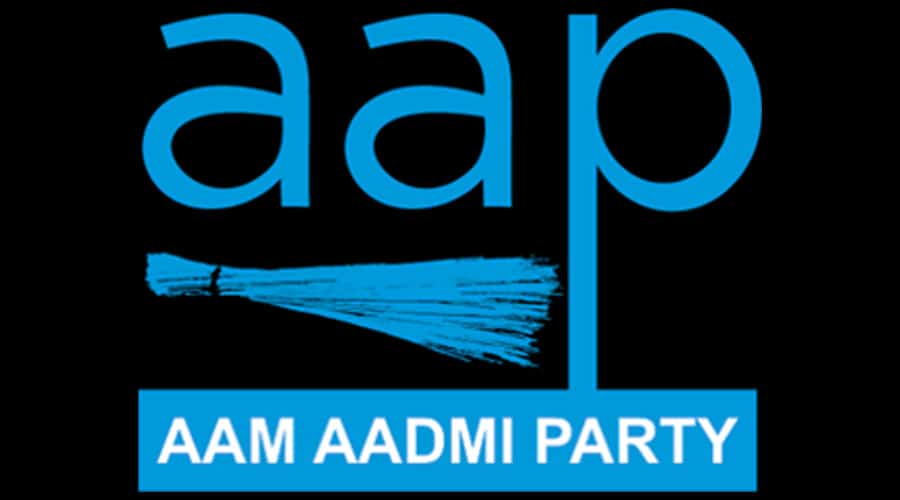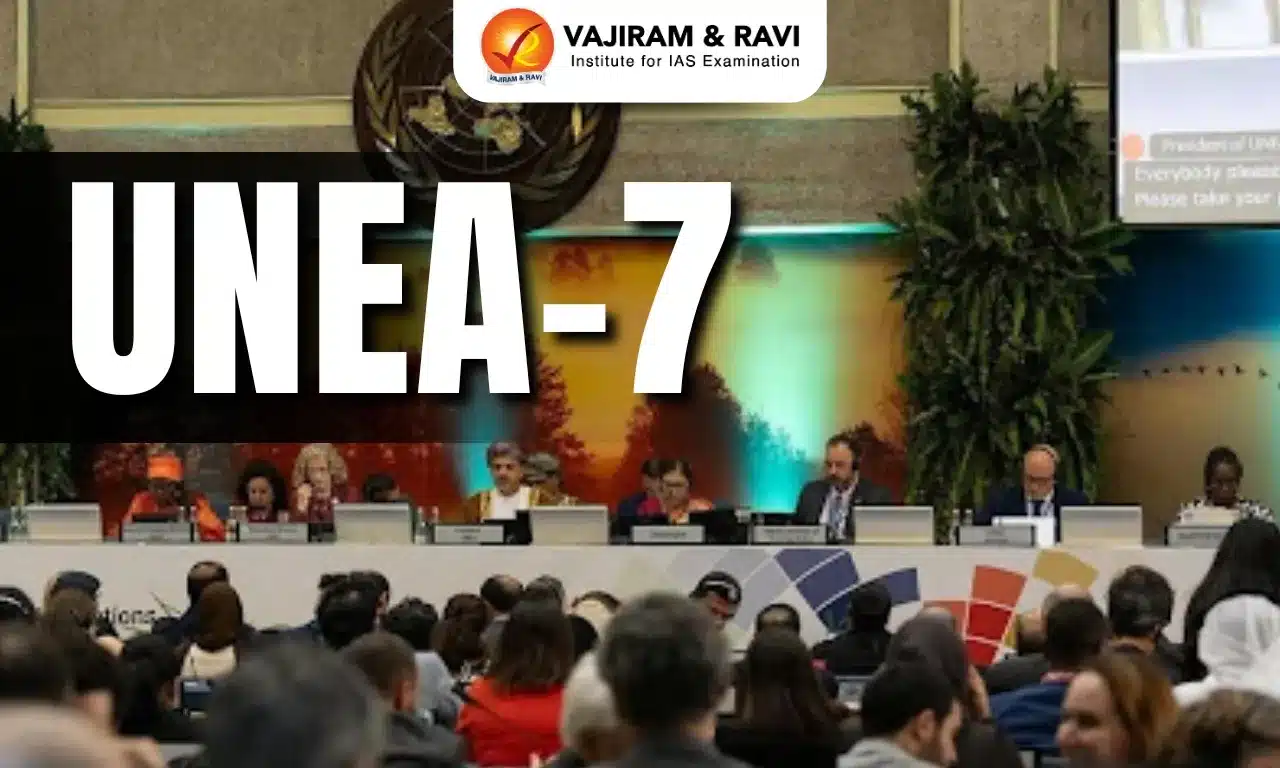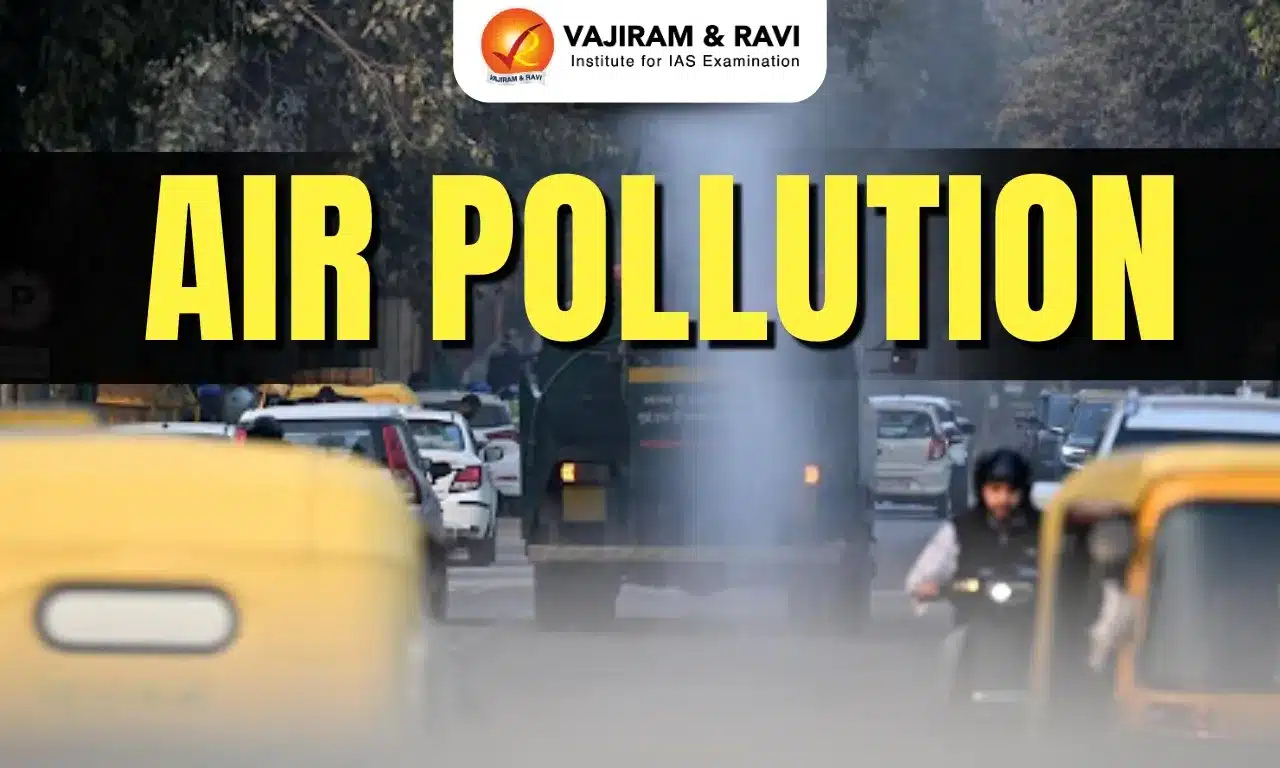What’s in today’s article?
- Why in News?
- What is a National/State Political Party?
- Criteria for a Party to be Recognised as a National Party
- Criteria for a Party to be Recognised as a State Party
- What Benefits do Recognised Parties Enjoy under the Representation of the People Act 1951?
Why in News?
- The Election Commission (ECI) recognised the Aam Aadmi Party (AAP) as a national party, while revoking that status of the All India Trinamool Congress, Nationalist Congress Party (NCP) and the Communist Party of India (CPI).
- The Commission also revoked the state party status granted to RLD in UP and granted recognised state political party status to the Lok Janshakti Party (Ram Vilas) in Nagaland.
What is a National/State Political Party?
- The ECI has laid down the technical criterion for a party to be recognised as a national/state party in the Election Symbols (Reservation and Allotment) Order 1968, as amended from time to time.
- A party may gain or lose national/state party status from time to time, depending on the fulfilment of these laid-down conditions.
Criteria for a Party to be Recognised as a National Party:
- A political party would be considered (if it satisfies any of the below conditions) a national party if:
- it is ‘recognised’ in four or more states as a state party; or
- if its candidates polled at least 6% of total valid votes in any four or more states in the last Lok Sabha or Assembly elections and has at least four MPs in the last Lok Sabha polls; or
- if it has won at least 2% of the total seats in the Lok Sabha from not less than three states.
- The BJP, Congress, CPI(M), Bahujan Samaj Party (BSP), National People’s Party (NPP) and the AAP are the national parties now.
- The AAP satisfies the first criteria as it is recognised as a state party in Delhi, Punjab, Goa and Gujarat.
Criteria for a Party to be Recognised as a State Party:
- To be recognised as a state party, a party need:
- at least 6% vote-share in the last Assembly election and have at least 2 MLAs; or
- have 6% vote-share in the last Lok Sabha elections from that state and at least one MP from that state; or
- at least 3% of the total number of seats or three seats, whichever is more, in the last Assembly elections; or
- at least one MP for every 25 members or any fraction allotted to the state in the Lok Sabha; or
- have at least 8% of the total valid votes in the last Assembly election or Lok Sabha election from the state.
- DMK in Tamil Nadu, BJD in Odisha, YSRCP in Andhra Pradesh, RJD in Bihar, TRS in Telangana are the names of some of the state political parties.
What Benefits do Recognised Parties Enjoy under the Representation of the People Act 1951?
- If a party is recognised as a State Party, it is entitled for exclusive allotment of its reserved symbol to the candidates in the State in which it is so recognised.
- If a party is recognised as a National Party, it is entitled for exclusive allotment of its reserved symbol to the candidates throughout India.
- Recognised `State’ and `National’ parties need only one proposer for filing the nomination.
- They are also entitled for two sets of electoral rolls free of cost at the time of revision of rolls and their candidates get one copy of electoral roll free of cost during General Elections.
- Further, they get broadcast/telecast facilities over Akashvani/Doordarshan during general elections.
- A recognised National or State party can have a maximum of 40 “Star campaigners” and a registered unrecognised party can nominate a maximum of 20 “Star Campaigners”.
- However, the travel expenses of star campaigners are not to be accounted for in the election expense accounts of candidates of their party.
Q1) How many political parties in India are currently recognised as the National party?
At present 6 political parties – BJP, Congress, CPI(M), BSP, National People’s Party (NPP) and the AAP – are the national parties recognised by the Election Commission of India.
Q2) What is the Representation of the People Act 1951?
It is an act of Parliament of India to provide for the conduct of election of the Houses of Parliament and to the House or Houses of the Legislature of each State, the qualifications and disqualifications for membership of those Houses, etc.
Source: AAP now national party; NCP, Trinamool lose tag: How is a ‘national party’ in India defined | PIB
Last updated on December, 2025
→ Check out the latest UPSC Syllabus 2026 here.
→ Join Vajiram & Ravi’s Interview Guidance Programme for expert help to crack your final UPSC stage.
→ UPSC Mains Result 2025 is now out.
→ UPSC Notification 2026 is scheduled to be released on January 14, 2026.
→ UPSC Calendar 2026 is released on 15th May, 2025.
→ The UPSC Vacancy 2025 were released 1129, out of which 979 were for UPSC CSE and remaining 150 are for UPSC IFoS.
→ UPSC Prelims 2026 will be conducted on 24th May, 2026 & UPSC Mains 2026 will be conducted on 21st August 2026.
→ The UPSC Selection Process is of 3 stages-Prelims, Mains and Interview.
→ UPSC Result 2024 is released with latest UPSC Marksheet 2024. Check Now!
→ UPSC Prelims Result 2025 is out now for the CSE held on 25 May 2025.
→ UPSC Toppers List 2024 is released now. Shakti Dubey is UPSC AIR 1 2024 Topper.
→ UPSC Prelims Question Paper 2025 and Unofficial Prelims Answer Key 2025 are available now.
→ UPSC Mains Question Paper 2025 is out for Essay, GS 1, 2, 3 & GS 4.
→ UPSC Mains Indian Language Question Paper 2025 is now out.
→ UPSC Mains Optional Question Paper 2025 is now out.
→ Also check Best IAS Coaching in Delhi

















